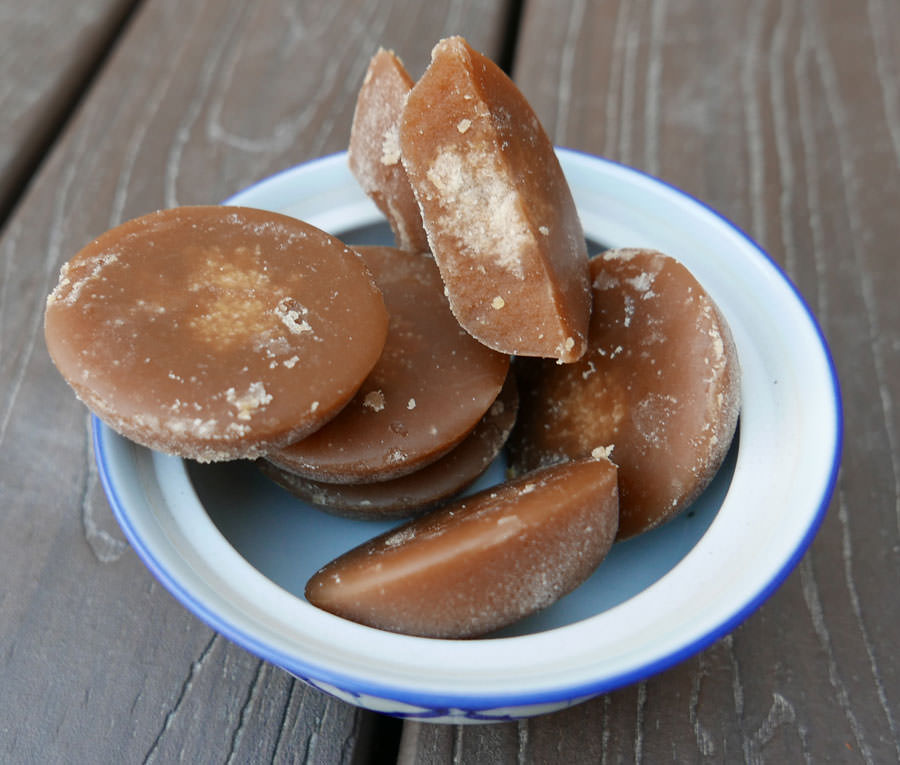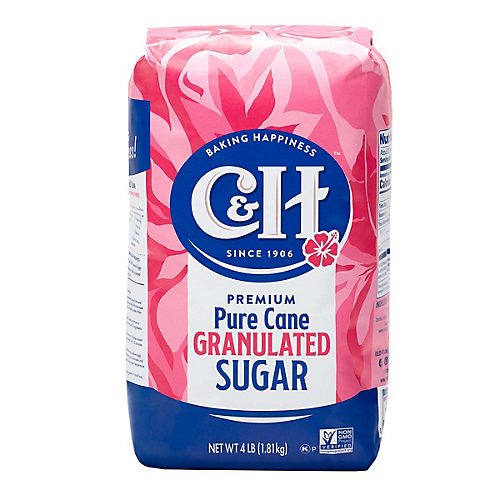Cane Sugar Processing: Key Technologies for Superior Sugar Production
Cane Sugar Processing: Key Technologies for Superior Sugar Production
Blog Article
Discovering the Comprehensive Steps Associated With Cane Sugar Handling From Collecting to Refinement
The process of walking stick sugar production incorporates a series of complex steps, beginning with the cautious harvesting of sugarcane and culminating in the improvement phases that make sure the final product fulfills market requirements. Each phase, from the extraction of juice to the purification and crystallization processes, plays a vital duty in identifying the top quality and personality of the sugar. Understanding these phases not just highlights the complexity of sugar production however additionally increases vital concerns concerning performance, sustainability, and innovation in the industry. What effects do these elements have for future methods?
Harvesting Sugarcane
Harvesting sugarcane is a vital action in the walking stick sugar processing chain, as it directly affects the high quality and yield of the final product. Correct timing and strategies are necessary during this stage to ensure optimal sugar web content and reduce losses. Typically, sugarcane is harvested when it reaches maturity, normally 12 to 18 months after planting, characterized by a high sucrose concentration.

Post-harvest, the sugarcane has to be processed promptly to stop sucrose deterioration. Preferably, collected cane must be transferred to processing centers within 24 hours to preserve sugar top quality. As a result, efficient logistical preparation is essential to maintain the stability of the harvested crop throughout the supply chain.
Removal Refine

The crushed walking cane is subjected to a series of pushing operations to take full advantage of juice healing. Generally, warm water is splashed onto the smashed walking stick, creating a countercurrent circulation that assists liquify the sugar while also aiding in the removal procedure. The juice gathered from this procedure includes not just sugar yet also various natural compounds and impurities.

To improve removal performance, some centers may employ diffusion methods, where the sugarcane is taken in hot water, permitting the soluble sugars to diffuse into the liquid. The resulting juice, abundant in sucrose, is after that routed to succeeding handling stages, laying the foundation for purification and refinement. The extraction process is thus critical in establishing the quality and yield of the final sugar product.
Purification Methods
The filtration techniques used in cane sugar processing are important for transforming the raw juice into a premium sugar item. These methods largely intend to eliminate impurities, such as dirt, plant products, and not natural materials, which can adversely affect the end product's taste and shade.
One of the most typical purification methods is explanation. This procedure includes including lime and warmth click now to the raw juice, which facilitates the coagulation of pollutants. The resulting precipitate is after that eliminated through sedimentation or filtration, yielding a clearer juice. Furthermore, the use of phosphoric acid can enhance the information process by more binding pollutants.
An additional considerable technique is carbonatation, where co2 is presented to the made clear juice. This response produces calcium carbonate, which captures staying impurities and advertises their removal.
In addition, turned on carbon therapy might be related to adsorb any staying colorants and organic impurities, making certain a much more polished product. The mix of these approaches efficiently prepares the sugar juice for subsequent steps in the refining process, setting the stage for the production of top quality walking cane sugar.
Condensation Techniques
After the filtration stage, the following crucial action in walking stick sugar handling entails crystallization techniques, which play a critical role in changing the made clear juice right into solid sugar. This procedure commonly utilizes 2 key approaches: spontaneous crystallization and controlled crystallization.
In spontaneous condensation, supersaturated sugar remedies are allowed to cool naturally, leading to the formation of sugar crystals in time. This method is simpler however may result in uneven crystal sizes and reduced purity levels. On the other hand, regulated formation is an extra precise strategy where focus, seeding, and temperature representatives are meticulously handled. This method enables the consistent growth of sugar crystals and higher pureness.
During crystallization, the cleared up juice is concentrated through evaporation, enhancing its sugar content up until it gets to supersaturation. When this factor is accomplished, either technique can promote the condensation procedure. Cane Sugar Processing. The resultant sugar crystals are after that separated from the staying syrup through official website centrifugation
Ultimately, the choice of condensation method affects the high quality, size, and purity of the final sugar item, making this action necessary in the overall cane sugar handling procedure.
Improvement and Packaging
Exactly how can the purity and high quality of walking cane sugar be better improved after formation? The refinement process plays a vital function in accomplishing top quality walking stick sugar. Adhering to condensation, sugar goes through an extensive washing to eliminate pollutants and residual molasses. This is normally completed using warm water or vapor, which aids liquify and draw out unwanted components while protecting the sugar crystals.
Following, the sugar is subjected to a process called centrifugation, where it is rotated at high rates to divide the cleansed sugar crystals from the continuing to be fluid. After centrifugation, the sugar is typically visite site additional improved through a technique called carbonization or phosphatation, which uses activated carbon or phosphoric acid to get rid of color and off-flavors.
As soon as improved, the sugar is dried out to achieve the wanted wetness web content, making sure that it stays stable during storage and transport. The last action includes product packaging the polished sugar in closed and moisture-proof containers to preserve its high quality and prevent contamination. Cane Sugar Processing. Proper packaging not only prolongs shelf life however also promotes very easy handling and distribution, guaranteeing that customers obtain sugar that meets the highest possible requirements of pureness and top quality
Conclusion
The detailed actions associated with cane sugar handling, from the precise harvesting of sugarcane to the intricate refinement and packaging phases, emphasize the significance of each phase in guaranteeing high-grade sugar manufacturing. Optimal harvesting techniques, reliable extraction approaches, and rigorous purification procedures jointly add to the end product's purity and security. The crystallization and succeeding packaging practices even more boost the stability and service life of the sugar, highlighting the intricacy and precision intrinsic in this essential agricultural market.
The process of cane sugar manufacturing encompasses a collection of complex steps, beginning with the cautious harvesting of sugarcane and finishing in the improvement phases that make certain the last item fulfills market requirements. Preferably, collected cane ought to be transferred to refining centers within 24 hours to protect sugar high quality.In spontaneous formation, supersaturated sugar options are enabled to cool down normally, leading to the development of sugar crystals over time - Cane Sugar Processing. The improvement process plays a vital duty in accomplishing high-grade cane sugar.The comprehensive steps entailed in walking cane sugar handling, from the precise harvesting of sugarcane to the intricate improvement and product packaging phases, underscore the value of each stage in making sure high-quality sugar production
Report this page